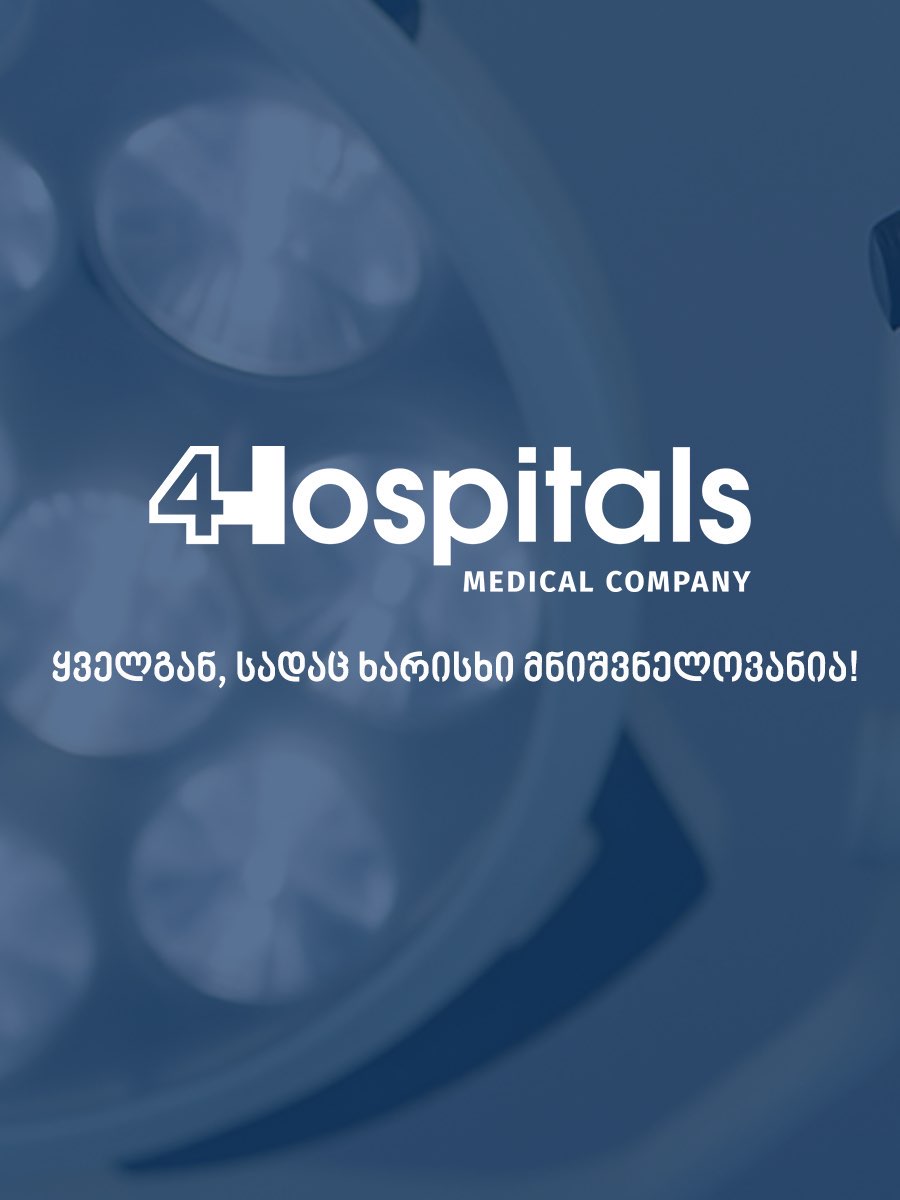Unlike earlier techniques that focused on a single point, the new method uses hologram-like ultrasonic waves to target between three and five distinct areas. The technology operates at a significantly lower intensity, which substantially reduces the risk of overheating, vascular damage, or uncontrolled neural activation. As a result, this approach provides a much safer and more precise means of influencing brain activity.
The device works without the need for surgical intervention. During laboratory experiments on mice, researchers placed the animals’ heads into a helmet-like structure equipped with hundreds of ultrasound transducers.
These transducers emit synchronized, low-intensity pulses that interfere with each other, generating multiple, finely focused points of stimulation deep within the brain. Since the brain functions as a complex network, the simultaneous stimulation of several regions allows for the more effective activation of these networks, all while using a much lower ultrasound power than was previously possible.
The new system also provides real-time visualization of brain activity, enabling researchers to directly observe the process of neural network modulation. This direct monitoring is invaluable for studying the mechanisms of interaction between ultrasound and neural circuits. It is believed that the low-intensity ultrasound pulses act on ion channel proteins on the surface of neurons, thereby altering the electrical signal transduction of the nerve cells.
Although the current study, published in Nature Biomedical Engineering, was focused on technology development and validation, the data points to a broad therapeutic potential. The researchers plan to further test this innovative technique for the treatment of neurological disorders, including Alzheimer’s disease, epilepsy, essential tremor, Parkinson’s disease, and depression.
If safety and efficacy are confirmed, this approach could become a new method of non-invasive treatment, capable of modulating the brain without the need for surgery or high-risk stimulation methods.


